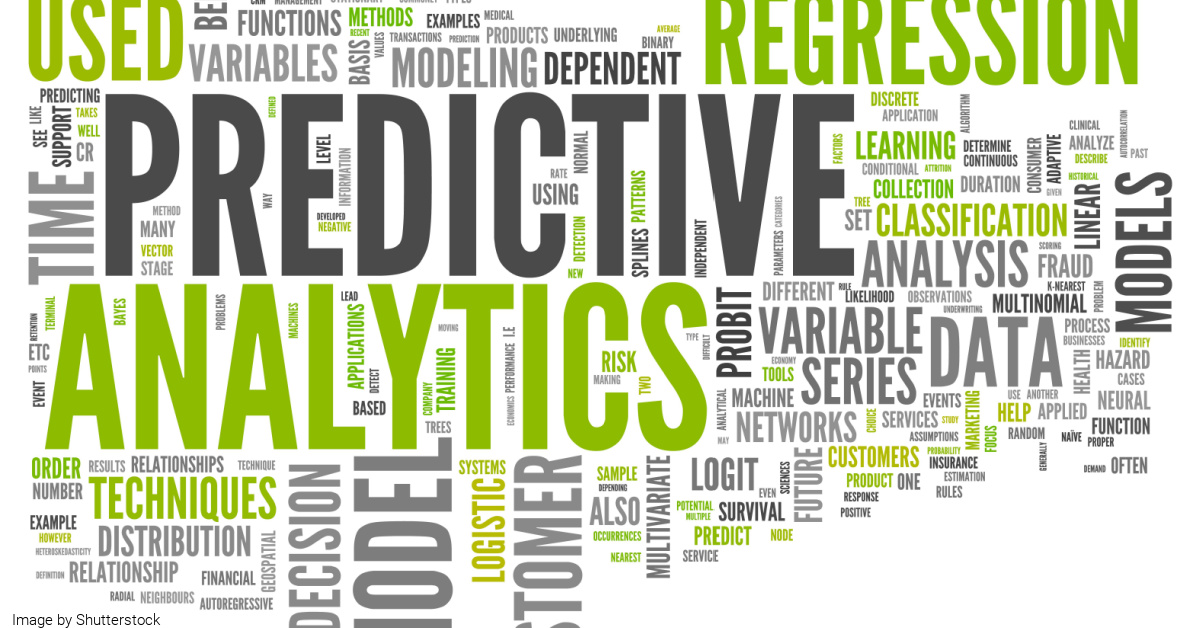Predictive Analytics Fueling Business Growth – World’s Best Examples
- September 14, 2023
- Posted by: Aanchal Iyer
- Category: Predictive Analytics

In this day and age, it is crucial for any business to stay ahead of the curve for it to survive and grow. Analysis of the requirements as per different business metrics is a must and suitable actions have to be taken to accomplish business goals.
Predictive analytics is a revolutionary technology transforming the business world, offering organizations unprecedented insights into their customers. This enables businesses to maximize their short-term performance and long-term growth. With predictive analytics, companies not only understand past trends but also anticipate impending scenarios with outstanding accuracy.
How Does Predictive Analytics Work?
Predictive analytics is based on historical data, current data, and mathematical models. The following steps explain how to apply predictive analytics strategy to a business:
Identify the problems that need to be resolved
You should understand what you want to find out with the help of data. Ask yourself all the questions you want to get answers to. For example, “What products do we expect our customers to be most excited about?”
Ensure that you have the necessary data
To make a predictive model work and produce accurate results, you should input enough data into the algorithm. For example, to answer the question above, you need complete information on your customers (personal information, purchase history, interactions with your brand, and so on).
Note, that the data needs to be structured and clean, and should cover a certain period (for example one year). This ensures that the analytics model learns and identifies patterns correctly.
Build and teach predictive analytics models
You should create a system based on Data Learning (DL), Machine Learning (ML), or Artificial Intelligence (AI) algorithms and your requirements. The system needs to learn from historical data and analyze operational data to detect patterns and make predictions.
Note that you should retrain the model from time to time and feed it with present information as business environments change under various factors.
Put insights into action
Predictive analytics only brings benefits if you act according to the insights the system provides. This is exactly why you need responsible managers who make decisions based on given predictions.
In simple words, the operational scheme of predictive analytics is as follows:
- Create mathematical models or neural networks based on various algorithms.
- Discover patterns and trends from historical data.
- Process new data by searching for the same patterns or trends.
In this blog, we delve into the world’s best examples of how predictive analytics is fueling business growth, changing them from industry players to industry leaders. Read on.
Best Use Cases of Predictive Analytics Driving Business Growth
Predictive analytics has emerged as a driving force across industries, driving business growth, redesigning strategies, and improving customer experiences. Let’s look at the best examples.
Netflix
Netflix enjoys more than 220 million subscribers. The company leverages AI algorithms that analyze a user’s search history, viewing history, ratings, demographics, and preferences to understand what a user is most likely to watch next. Thus, Netflix predicts user behavior and suggests TV series and movies to a subscriber using these predictive analytics algorithms. Such recommendations ensure that users remain engaged, resulting in prolonged subscriptions and enhanced revenue. Netflix’s spectacular rise from a DVD rental service to a global streaming giant owes its success to predictive analytics.
Coca-Cola:
The beverage giant has adopted predictive analytics to refine its operations by collating data on customers. This helps the organization to improve the present consumption of its products and upsell new items. The data assists in detecting purchasing habits, favored tastes, and so on. Coca-Cola analyzes its customers’ feedback on social media using predictive analytics algorithms. The company then alters and fine-tunes its product marketing strategy and launches its products in accordance with the customers’ requirements. Coca-Cola also uses data to enhance the brand experience and boost consumer loyalty.
Amazon
The e-commerce giant Amazon deploys predictive analytics to upsell products. Through predictive analytics, Amazon understands the purchasing behavior of each customer. This is clearly evident from the tailor-made ads that are displayed based on a users’ previous purchases and their product feedback and ratings. Amazon accurately predicts what products a customer may require, providing personal recommendations. This not only boosts sales but also improves customer satisfaction by offering a seamless shopping experience.
Uber
Uber’s rise to the top is mainly due to its predictive analytics prowess. By analyzing huge amounts of real-time data, that include historical ride patterns, traffic conditions, and events, Uber predicts demand surges. The platform then optimizes pricing accordingly. This dynamic pricing mechanism boosts revenue during peak demand and ensures consistent availability for users. All this translates to superior customer satisfaction.
Walmart
Walmart leverages predictive analytics to master its complex supply chain. The retail giant analyzes historical sales data, seasonal trends, and external factors to forecast future demand accurately. This insight helps Walmart optimize inventory levels, which ensures that products are available when customers need them. The overall result is a significant boost in customer satisfaction.
Conclusion
In a world driven by data, the ability to predict outcomes is nothing short of revolutionary. Today, predictive analytics is the cornerstone of business growth, propelling organizations to the forefront. The examples above highlight how this technology shifts paradigms, turning data into a strategic asset. It helps organizations not only adapt to change but also foresee it.
